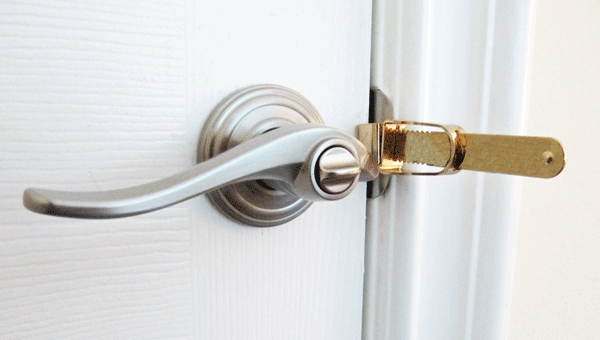Installing a new faucet in the bathroom is an easy DIY project if you have the skills to accurately measure, drill, and work with pipes. Depending on your skill level, it can take anywhere from half a day to a couple of hours.
Before you begin, choose a faucet that fits the pre-drilled holes in your sink or vanity top. Various styles are available: center-set, mini-wide-spread, or single-handle models with a deck plate covering the unused holes.
Preparation
Before you start installing bathroom fixtures Apopka, make sure that all of the necessary parts and tools are ready to go. This includes a basin wrench, which you can use to reach up and tighten fittings under the sink bowl.
Also, a bucket and towels can be handy for draining water from the supply lines or storing any pieces you don’t want to lose.
Choosing the right faucet is important, especially if installing a replacement for an old fixture. Shower, tub, and sink faucets come in different styles and configurations, so choosing one that fits your current plumbing setup is important.
Next, you’ll need to install the supply lines. These connect the sink, tub, and shower to your house’s hot and cold water pipes. You’ll need adapters, pins, and Teflon tape to ensure a secure seal.
Tools
A basin wrench is one of the most important tools for installing a bathroom faucet or fixture. This tool has a long handle and a pivoting gripping head that lets you reach up behind the sink to tighten or loosen the nuts that hold the faucet in place or the flexible supply line nuts that connect to the faucet tailpieces.
It also has a unique design that allows it to work in spaces other wrenches can’t. It’s easy to use and makes working on plumbing fixtures a breeze.
To install a new bathroom sink or tub, removing the old faucet and replacing it with a new one is necessary. You can do this on your own or with a professional plumber.
Assembling
Depending on the manufacturer, bathroom fixtures and faucets may require assembly before installation. This may include attaching handles to the faucet’s base, attaching faucet supply lines, and other tasks.
A center-set faucet is the most common type, with the spout and handles mounted together in one unit. They control water volume and temperature with a single handle. They are typically more affordable and are popular in small bathrooms.
Another option is a compression washer faucet, with separate hot and cold water handles that need to be turned to close off the water flow. These can be more expensive but are reliable and less likely to break or have problems.
Faucets with a metal ball are also available, which are more durable and designed for longevity. They are a great choice for larger bathrooms, but test your faucet before purchasing. The faucet will need to be tightened as well to prevent leaks. It’s also a good idea to install silicone to help with sealing.
Installation
Installing bathroom fixtures and faucets is an easy DIY project that requires just a few tools and some familiarity with the plumbing in your home. However, if you aren’t comfortable with plumbing or if the fixture you want to install is larger than a small faucet, it may be more cost-effective to hire a plumber to complete the installation.
Shower and tub fixtures can be a bit more challenging than sink faucets, but they’re not difficult to install when you replace existing fixtures or switch out the valves. If your new shower or tub fixtures have flexible piping supply lines already connected, they’re much easier to work with.









